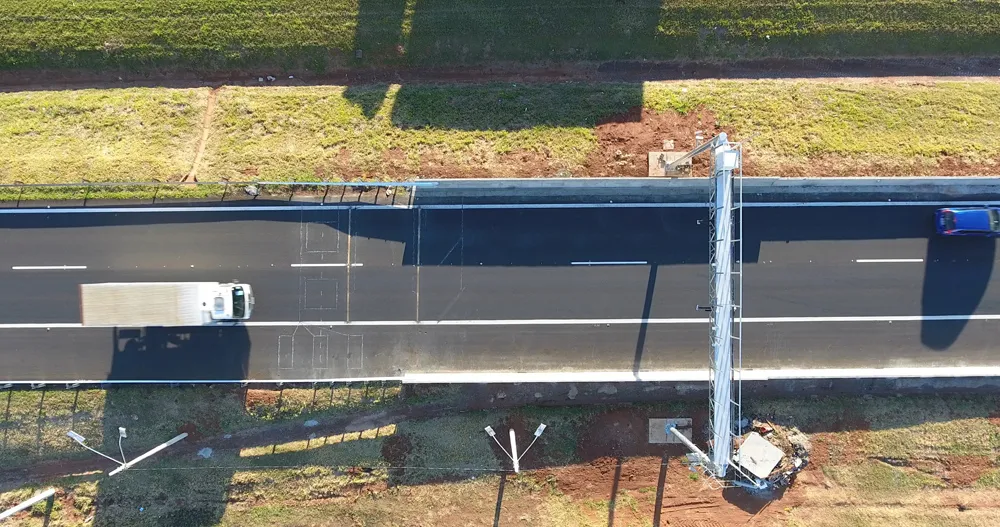A study by business consulting firm Frost & Sullivan predicts Brazil’s electric vehicle fleet is set to increase 46-fold over the next four years as local energy firms prioritise the development of carbon-free technology, and by 2017 will boast 5,700 electric cars, up from 125 at the end of 2012.
Brazil ranks as the world's fourth most important automotive market, with [an] electric vehicle (EV) and supporting infrastructure market that has immense potential for growth if automakers decide to invest in i
November 13, 2013
Read time: 2 mins
A study by business consulting firm 2097 Frost & Sullivan predicts Brazil’s electric vehicle fleet is set to increase 46-fold over the next four years as local energy firms prioritise the development of carbon-free technology, and by 2017 will boast 5,700 electric cars, up from 125 at the end of 2012.
Brazil ranks as the world's fourth most important automotive market, with [an] electric vehicle (EV) and supporting infrastructure market that has immense potential for growth if automakers decide to invest in it. According to the report, the new units will be imported from foreign manufacturers.
Among challenges facing the technology's expansion in Brazil are high acquisition costs due to stifling taxes and regulations that prohibit private downstream investment.
The report says that, as energy concessionaires in the country move ahead with research and development for EV supporting infrastructure and open up to partnerships, the scope for the market will greatly widen.
The Brazilian EV market will also expand rapidly once automotive companies overcome challenges, such as high initial costs, by deploying new business models and leveraging the anticipated import tax relief.
Brazil ranks as the world's fourth most important automotive market, with [an] electric vehicle (EV) and supporting infrastructure market that has immense potential for growth if automakers decide to invest in it. According to the report, the new units will be imported from foreign manufacturers.
Among challenges facing the technology's expansion in Brazil are high acquisition costs due to stifling taxes and regulations that prohibit private downstream investment.
The report says that, as energy concessionaires in the country move ahead with research and development for EV supporting infrastructure and open up to partnerships, the scope for the market will greatly widen.
The Brazilian EV market will also expand rapidly once automotive companies overcome challenges, such as high initial costs, by deploying new business models and leveraging the anticipated import tax relief.







